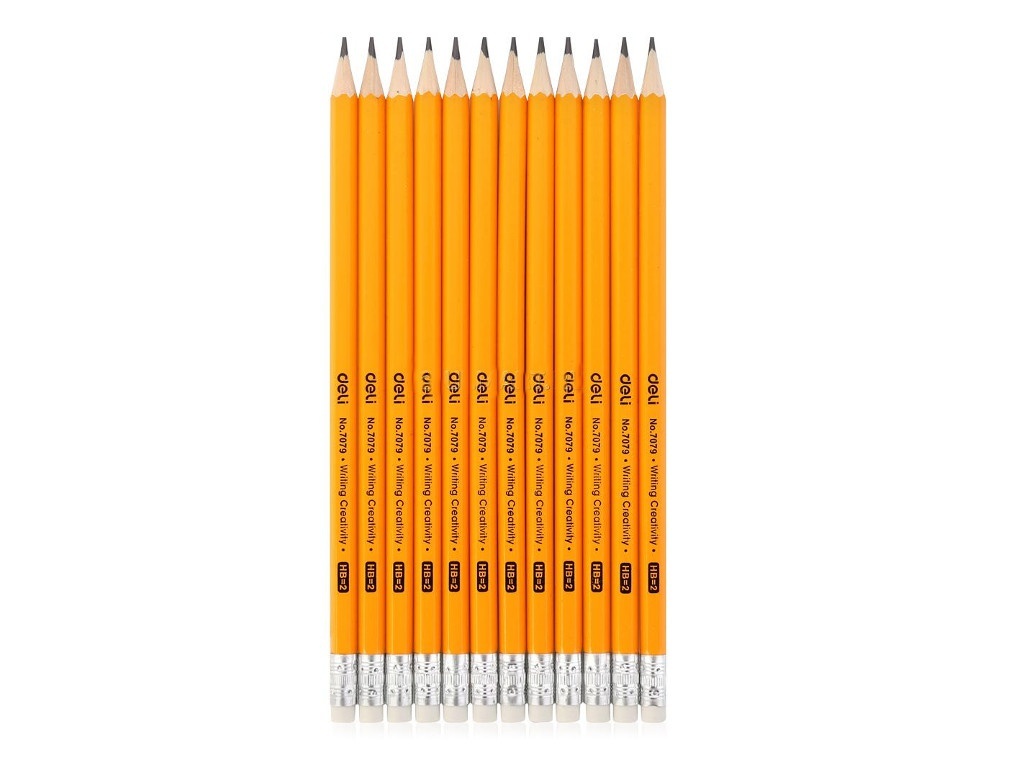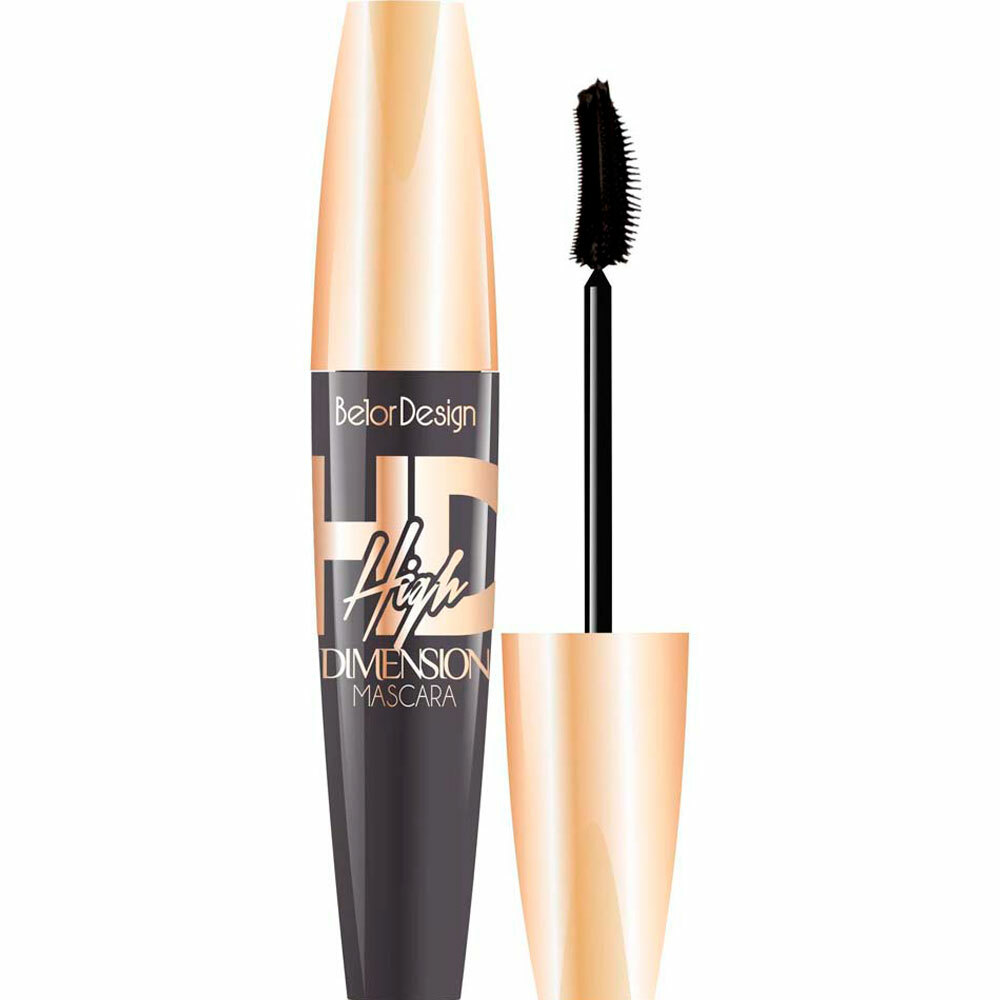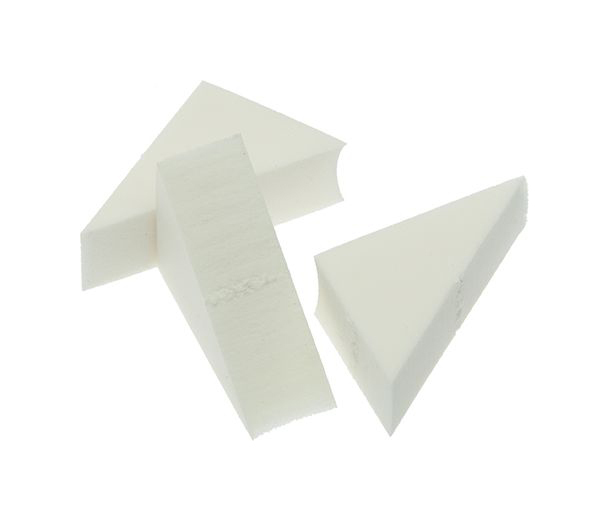If you need to improve tightness foundationPrevent destruction basin or clean dishes, Comes to the aid of liquid glass. The use of this structure is very flexible. To achieve positive results, it is necessary to know how it should be used in a particular situation. We offer a look into this in more detail.

Liquid glass: wide applicability
Read article
- 1 Composition and characteristics waterglass, depending on the species
- 1.1 Sodium and potassium
- 1.2 lithium
- 2 Advantages and disadvantages of waterglass
- 3 Liquid glass: the use in the construction industry
- 3.1 Concrete Admixtures
- 3.2 Waterproofing various bases
- 3.2.1 Basements, attics, basements
- 3.2.2 Wells, pools, pipe joints
- 3.3 Laying of heating equipment
- 3.4 Paints and putties
- 3.5 adhesives
- 3.6 antiseptics
- 4 The main application of liquid household glass
- 4.1 repairs
- 4.2 restoration of surfaces
- 4.3 Impregnation of fabrics: a reliable method for increasing refractory properties
- 4.4 Cleaning the dishes and utensils
- 4.5 Protect the trunks of trees damaged
- 5 Liquid glass to improve the corrosion resistance of automobile bodies
Composition and characteristics waterglass, depending on the species
Water glass is an alkaline aqueous solution of sodium silicate, potassium or lithium. The composition largely determines its technical characteristics. Choosing a suitable option is to get acquainted with the main varieties of liquid glass. It will not make a mistake and to ensure an adequate level of protection grounds.

Characteristics depend on the basics
Sodium and potassium
Liquid soda glass is thick colorless liquid with a characteristic yellowish, sometimes grayish tinge. The solution viscosity may vary. At this characteristic affects the percentage of the base material. To obtain the desired consistency is water. It allows to form the coating, resistant to acids, overheating and deformation.

Sodium glasses have good performance
A solution based on potassium exhibits high adhesion and antiseptic properties. It is often injected into the concrete as an additive which prevents the appearance of mold, mildew and other undesirable formations in high humidity. It is a thick transparent liquid with yellowish or greenish tint. It has viscous, sticky structure without mechanical impurities. Characterized by high hygroscopicity. On the formed coating no glare.

Potassium waterglass has good antiseptic properties
lithium
This type of liquid glass received limited distribution. Its base is lithium hydroxide. It allows you to create high-quality continuous coating on substrates of different types. It has good adhesion characteristics. It is resistant to cracking. Highly resistant to weathering.
It is used to produce high-quality coating that provides thermal protection of the base, including the space. It was developed for spacecraft of new generation. It allows to form a protective coating thermoregulated surface. Often the composition is introduced into composite materials as antiglare agents.

The use of lithium glass is limited
Advantages and disadvantages of waterglass
At waterglass fairly broad scope. This is facilitated by a number of advantages, which should include:
- ease of preparation of the solution;
- ease of application;
- the possibility of forming a solid film on the basis of almost all types to protect against the effects of water;
- Use as a repair material to remove small cracks appearing on a surface of products from concrete, Reinforced concrete, wood;
- economy. It has low cost and low consumption;
- the use in areas with high humidity;
- resistance to low temperature. In winter, the composition can be stored outdoors without loss of properties;
- high penetration capability. Use as an element that increases strength of a loose base;
- forming a coating retains integrity at the base of the deformation;
- ease of care. On the surface it does not accumulate dust. Oil and other persistent contamination is easily washed;
- creating thermal protection grounds.

Reasonable price - an important advantage
The disadvantage is:
- inability to use protection brick bases;
- high demands on the qualification of the person forming the coating. Liquid glass quickly dries and hardens, it is not always possible to form a high quality film;
- short life of the coating formed. Five years later, the film may lose its protective properties.

Form a quality coating not everyone can
Liquid glass: the use in the construction industry
Scope is quite diverse. This explains the demand for liquid glass in construction. However, it is necessary to know the features and how to use this composition. Otherwise, to achieve the desired effect on its application will not work.

In the construction industry the material is widely used
Concrete Admixtures
Use of waterglass as an additive for concrete It requires special attention. The amount of the silicate composition depends on the desired concrete curing rate solution and its characteristics. Most often, it is mixed with cement marks M300 and M400. In this case, if the amount of waterglass added to the cement-sand mortar, of the total amount:
- 2%, its life period of 40 minutes, after which the mixture begins to harden. For complete drying of concrete required per day;
- 10%, the curing speed is significantly increased. The mixture starts to set after only 5 minutes. For complete drying is sufficiently 4 hours;
- 50%, then the concrete mortar hardens after 1 - 2 minutes after mixing. Due to this property, it was possible to use concrete solution for repairing cracks and elimination of leaks.

Comment
Mikhail Starostin
Team leader repair and construction company "Home Premium"
"The rapid solidification has a negative influence on the strength of concrete structures and complicates the construction work. In view of this, the amount of additive injected should not exceed 5%. "

The percentage of the entered waterglass affects many parameters
Waterproofing various bases
High resistance to moisture makes it possible to use waterglass to perform waterproofing works. The percentage of additive depends on the kind of the base and operating conditions.
Basements, attics, basements
To protect the walls basements, lofts and foundation from negative effects of moisture, the composition used in the preparation of which water glass and water mixed in a ratio of 1 to 2. On the surface of the base is formed by a continuous uniform layer. To ensure sufficient performance, the base is coated with two layers.

Apply the liquid glass can be a variety of ways

Comment
Mikhail Starostin
Team leader repair and construction company "Home Premium"
"Liquid glass can be applied both inside and outside the building."
When the internal works waterglass is introduced into the slurry at the rate of 1 liter of composition per liter mixture of 8-10. If the operation will be carried out, the ratio varies cement, sand and the additive should be correlated 1,5 × 4 × 1,5. The amount of added water should not exceed a quarter of the total volume.

The percentage of additives should definitely control
Wells, pools, pipe joints
Ingredients for waterproofing well preparing by mixing equal proportions of cement, sand and water glass. The amount of water added should be such that the prepared solution for its consistency was comparable with the liquid cream.

Concrete jointing is performed with a solution with a definite content of waterglass
To obtain a composition waterproofing bowls basin, Preparing concrete solution to which was added 0.5 liters of liquid per cubic glass mixture. bowl basin carefully treated, ensuring the formation of a solid coating. Once inside the material, the solution was polymerized, securely sealing the pores. two layers is formed to obtain a good result.
To eliminate the cracks and the mask connecting seams, in the preparation of a repair composition are mixed together: 1 kg of cement, 0.75 L of water and 50 g of water glass.

Protected basin bowl last longer
Laying of heating equipment
To the solutions used when laying furnaces and fireplaces, Increased requirements for heat resistance., Should be mixed to achieve the desired result:
- Cement: 1 part;
- Sand: 3 parts;
- 0.2 parts of water glass.
After thorough kneading plastic doughy mixture was obtained with high performance. It can reliably fix the bricks.
Attention! Given components should be mixed in a ratio of 4 × 1.5 × 1.5 In order to obtain a refractory mortar.

The composition should be refractory
Paints and putties
To increase the strength and fire resistance paint composition is introduced in their small amount of sodium silicate. Because of the particular interaction silicate compositions with colored pigments their use severely limited. Instead of sodium silicate, potassium silicate, is commonly used because it provides a more uniform mixture.

The result may be different from the expected
Liquid glass is often used as a sealant for sealing the restoration of water supply structures. Water and silicate adhesive in this case are mixed in a ratio of 1 to 1.

To restore the integrity requires a minimum of time
adhesives
Liquid glass - universal adhesive composition is well known to all as "silicate glue." Due to the high adhesive characteristics, it can be used to connect a wide variety of materials. It can be used to fasten cardboard, wood, plywood, FibreboardPorcelain.

Comment
Mikhail Starostin
Team leader repair and construction company "Home Premium"
"To form a secure connections use a thick aqueous solution."
Potassium waterglass is used as an adhesive for carpet, linoleum and other web materials. Its major advantage over a number of other adhesive formulations, such as PVA, is the inability to mold the coating on the surface after a certain period of operation.

Composition helps to protect against mold
antiseptics
Often liquid glass allows to prepare antiseptic. To achieve the desired effect, the percentage content of water and water glass should be the same. Treatment can be wooden, concrete or reinforced concrete foundation.

Antiseptics with liquid glass can be applied to different bases
The main application of liquid household glass
Liquid glass in the home can be used for many purposes. In this case, the composition and the procedure for the application of certain requirements imposed. We offer to meet with the main application areas.

Clerical glue is used for different purposes
repairs
Liquid glass is simply irreplaceable in the performance of a number of renovations. Due to its composition and properties, it allows you to securely connect to each other plywood, ceramics, Particleboard, Cardboard, fiberboard. Connection quality will remain unchanged even after many years. However, this should make a choice in favor of the concentrated composition.

Perhaps the bonding of different surfaces
restoration of surfaces
Liquid glass demand and when the restoration work. With it recovers the integrity of the products and porcelain surfaces, glass and ceramics. Create beautiful stained glass windows and original mosaic panel.
Attention! With waterglass can restore only those surfaces that will not come into contact with food.

Possible restoration various bases
Impregnation of fabrics: a reliable method for increasing refractory properties
Prevent fire theater curtains, Costumes, curtains in public areas helps handling the matter with liquid glass. To this, a solution: to 1 liter of water was added 400 g of glass. Matter is carefully processed with a solution prepared with a brush. This is done several times to form a solid and reliable film. All subsequent layers are applied after complete drying of the previous ones.

The special treatment increases the refractory properties
Cleaning the dishes and utensils
With waterglass can restore the original appearance of the oldest pan. This will require capacity, the volume of which this very large pans. Preparing a solution consisting of 1 part of sodium silicate and 25 parts of water. To do this, silicate glue dissolved in boiling water.

Soda will enhance the effect
Attention! To achieve the optimum effect it is necessary to boil the pan for about 2 hours.
Part of a deposit in such treatment will leave more in the process of boiling. The rest can be removed by a metal sponge. To enhance the effect in the prepared solution, you can add soap and soda ash.
Similarly to clean any other utensils made of metal, glass or porcelain. For removal of contaminants in this case is sufficient to carry out heat treatment for 10 minutes.
More detail the process described in the following video:
Protect the trunks of trees damaged
That after pruning garden tree in place of removing the branches have not begun putrefaction, cut, be sure to treat the liquid glass. Due to the formation of a dense air-crust, can prevent the death of apple, pear or other plantings. Liquid glass is also possible to restore the integrity of the damaged tree trunk.

The cut must be protected
Liquid glass to improve the corrosion resistance of automobile bodies
The unique properties of the material significantly expanded its possible field of application. Liquid glass prevents corrosion processes and increases the life of the body elements.

The car body is reliably protected
Share in the comments, if you had to use a water glass. Are you pleased with the result of the application?



